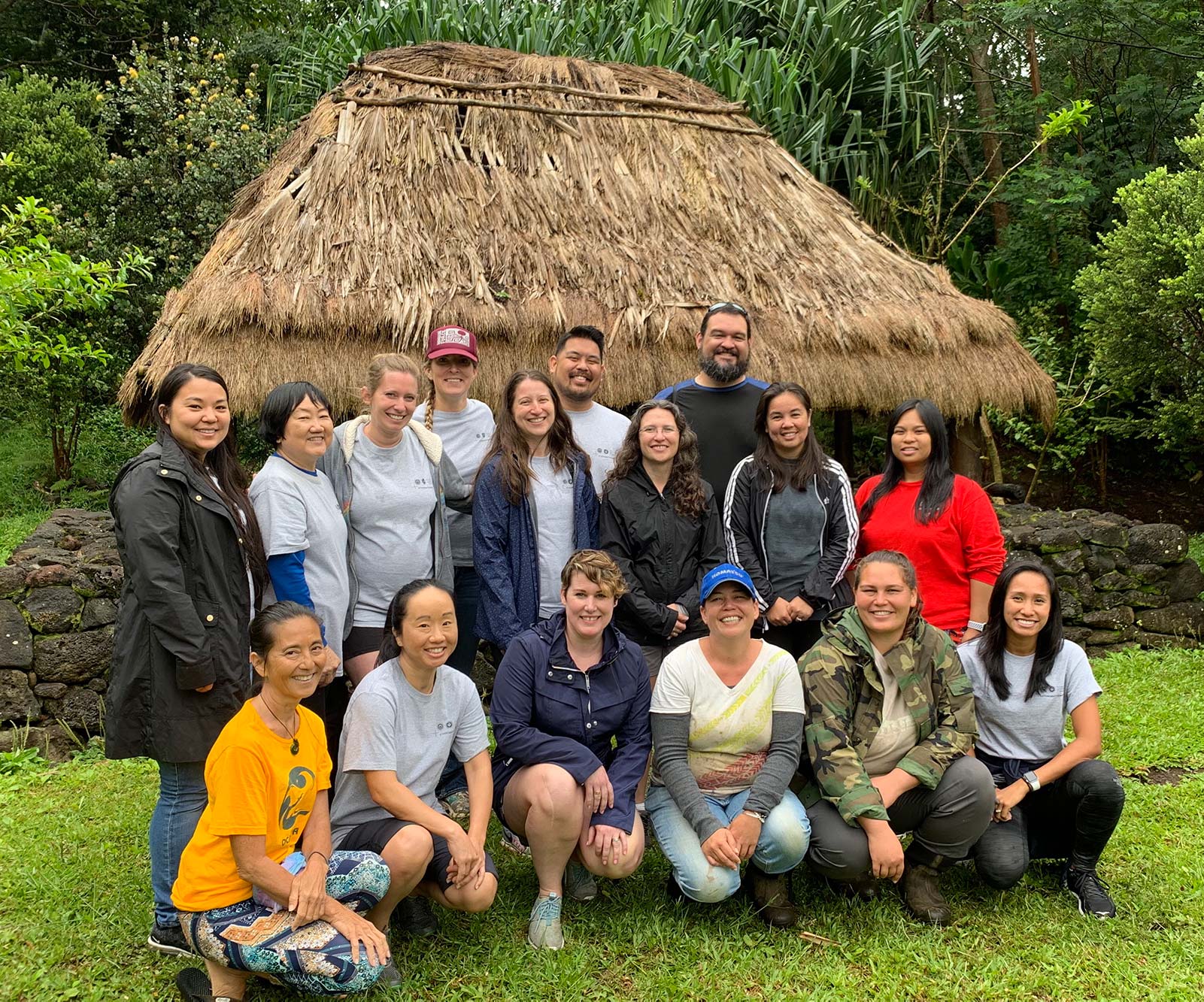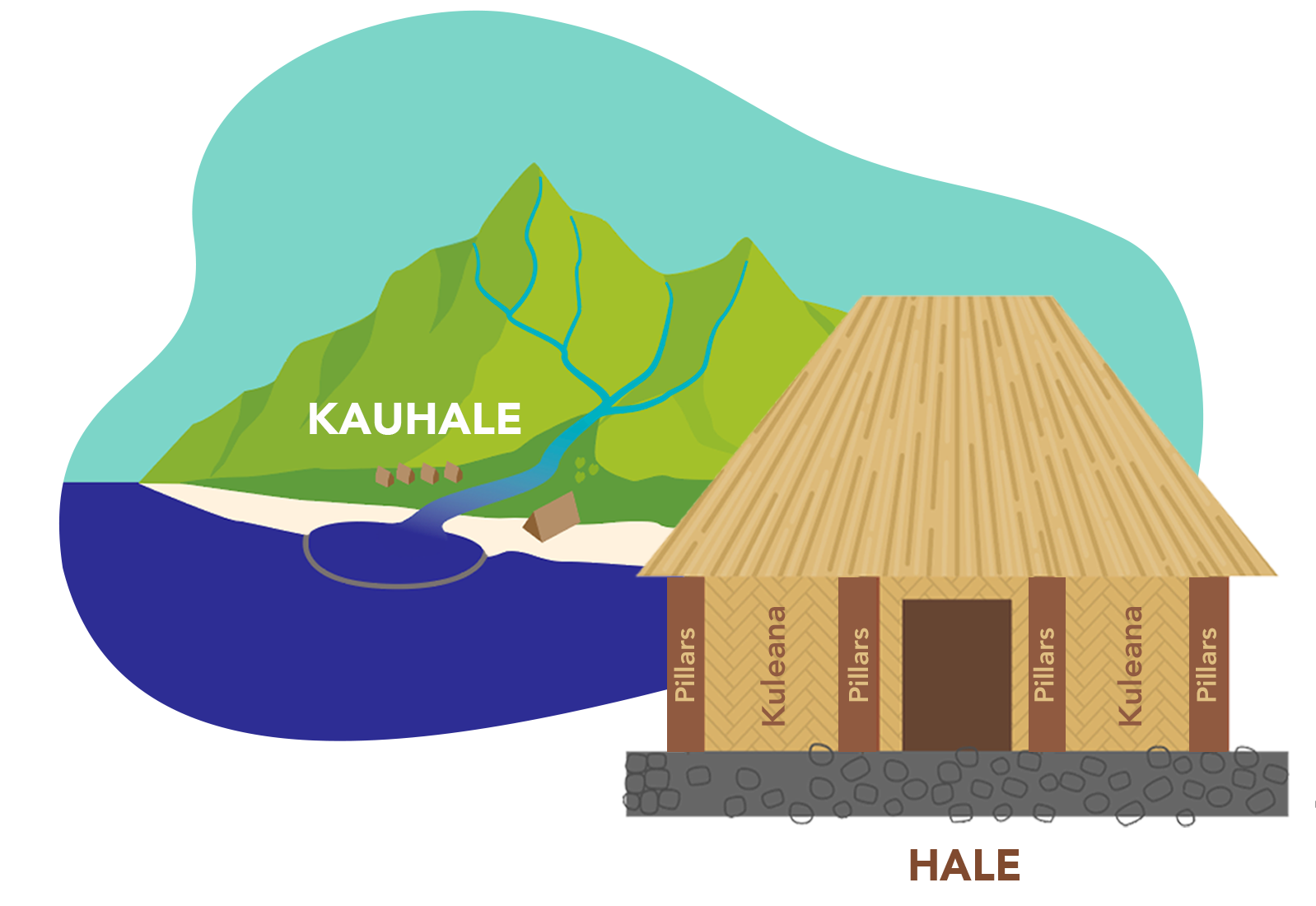Our Vision & Mission
Our Vision: Every child will know who they are, where they come from, and where they are going.
Our mission is to encourage stewardship of our world and cultivate social justice by empowering educators to transform their lives and the lives of their students through education, research, and networking.
- Education: develop teacher leaders in ethnomathematics through academic programs, professional development, and curriculum resources. Our teacher leaders affirm students’ identities as authors of mathematics, and engage students in solving rigorous, relevant, and contextualized mathematical tasks.
- Research: collaborate with local and global scholars to increase the knowledge base in ethnomathematics and related fields, disseminate outcomes, and support educator-designed action research.
- Networking: Create and nurture sustainable relationships among educators, alumni, and community partners in Hawai‘i and around the world.

Our Conceptual Framework
We envision our conceptual framework as a hale (house). Ethnomathematics is held up by pillars, and kuleana reside within the hale. As our research, education, and network grows and expands, the single hale becomes a kauhale (group or community of houses).

Our Kuleana (Responsibilities, Values)
Aloha (to show kindness/compassion) • ‘Imi ‘ike (to seek knowledge) • Laulima (to work together) • Lokomaika‘i (to share) • Mahalo (to show gratitude/respect) • Mālama (to care for) • Na‘au pono (to be just) • Olakino maika‘i (to live healthily)
Our Pillars
Environment
Cultivating a sense of purpose and a sense of place through place-based learning as a source of curriculum and instruction (Bang & Medin, 2010; D’Ambrosio, 2001; Gutstein & Peterson, 2006).
Integrated Content
Understanding the integrated nature of mathematics with other disciplines (Arzarello, 2019).
Teaching Practice
Incorporating state and federal standards and benchmarks through the program learning outcomes.
Culture
Supporting collaborative classroom communities that amplify students’ voices and mathematical ideas (NCTM, 2014b).
Community
Empowering communities in various forms, such as school, ‘ohana (family), and community by re-investing in teachers inside and outside of the classroom (HI P-20, 2013).
Values
Honoring values and worldviews through designing and implementing instruction that affirms students’ identities as authors of mathematics (Gutiérrez, 2017; NCTM, 2014a).
Legacy
Understanding connections between past, present, and future generations and responsibilities to each (HIDOE, 2015; Powell & Frankenstein, 1997).
